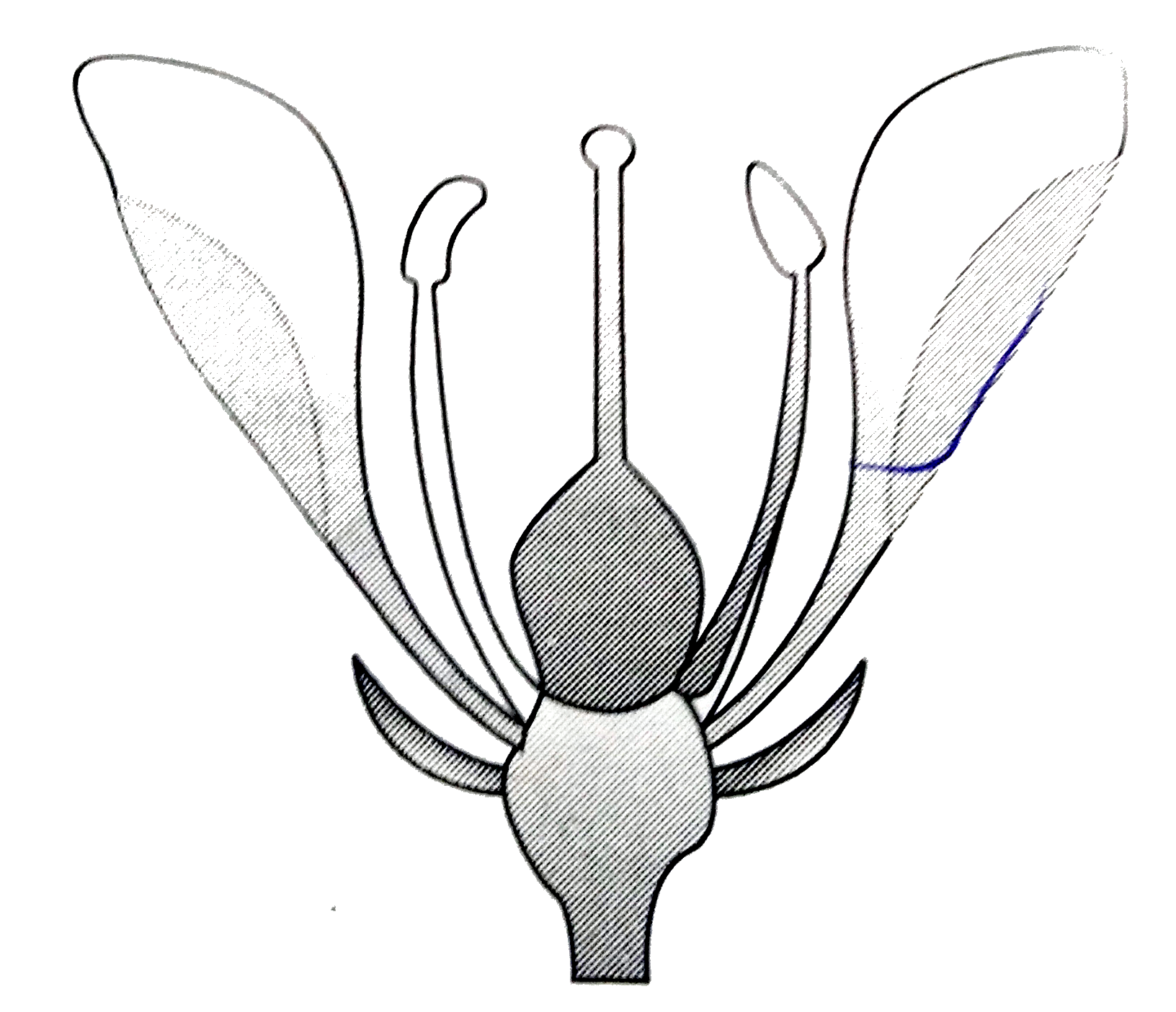In a typical flowe, calyx, corolla, androecium and gynoecium are attached on
Video Solution
Text Solution
The correct Answer is:Thalamus
|
Answer
Step by step video, text & image solution for In a typical flowe, calyx, corolla, androecium and gynoecium are attached on by Biology experts to help you in doubts & scoring excellent marks in Class 11 exams.
Updated on:21/07/2023
Similar Questions
Knowledge Check
- Question 1 - Select One
Assertion. In family Liliaceae, perianth, stamens and carpels are present. But still it is incomplete.
Reason. In complete flower calyx, corolla, androecium and gynoecium are present.AIf both Assertion and Reason are true and the Reason is a correct explanation of the Assertion.BIf both Assertion and Reason are true but Reason is not a correct explanation of the Assertion.CIf Assertion is true but the Reason is false.DIf both Assertion and Reason are false. - Question 2 - Select One
If flower is modified shoot, Floral orgens calyx, corolla, androecium and gynoecium are
AModified stemBModified stem and leavesCModified leaves onlyDUnknown modified organs. - Question 3 - Select One
Read the following text and answer the following questions on the basis of the same:
Gynoecium, is the female reproductive part of the flower. It may consist of a single or more than one pistil. These pistil may be free or fuse. Each pistils has three parts, stigma, style and ovary. Ovary has an ovarian cavity, which has one or many chambers or locules. The placenta is located inside the ovarian cavity. Megasporangia or ovules arise from the placenta.
Flowers with both androecium and gynoecium are called :ABisexual flowersBAntherCUnisexual flowersDAndrogynous
Calyx and corolla are known as
View SolutionCalyx and corolla are known as
View SolutionBased on the position of calyx, corolla and androecium in respect of the ovary on thalamus, the flowers are described as hypogynous, perigynous and epigynous. The following conditions is found in
 View Solution
View SolutionAxis between corolla and androecium is
View SolutionAxis developing between androecium and gynoecium is
View Solution

